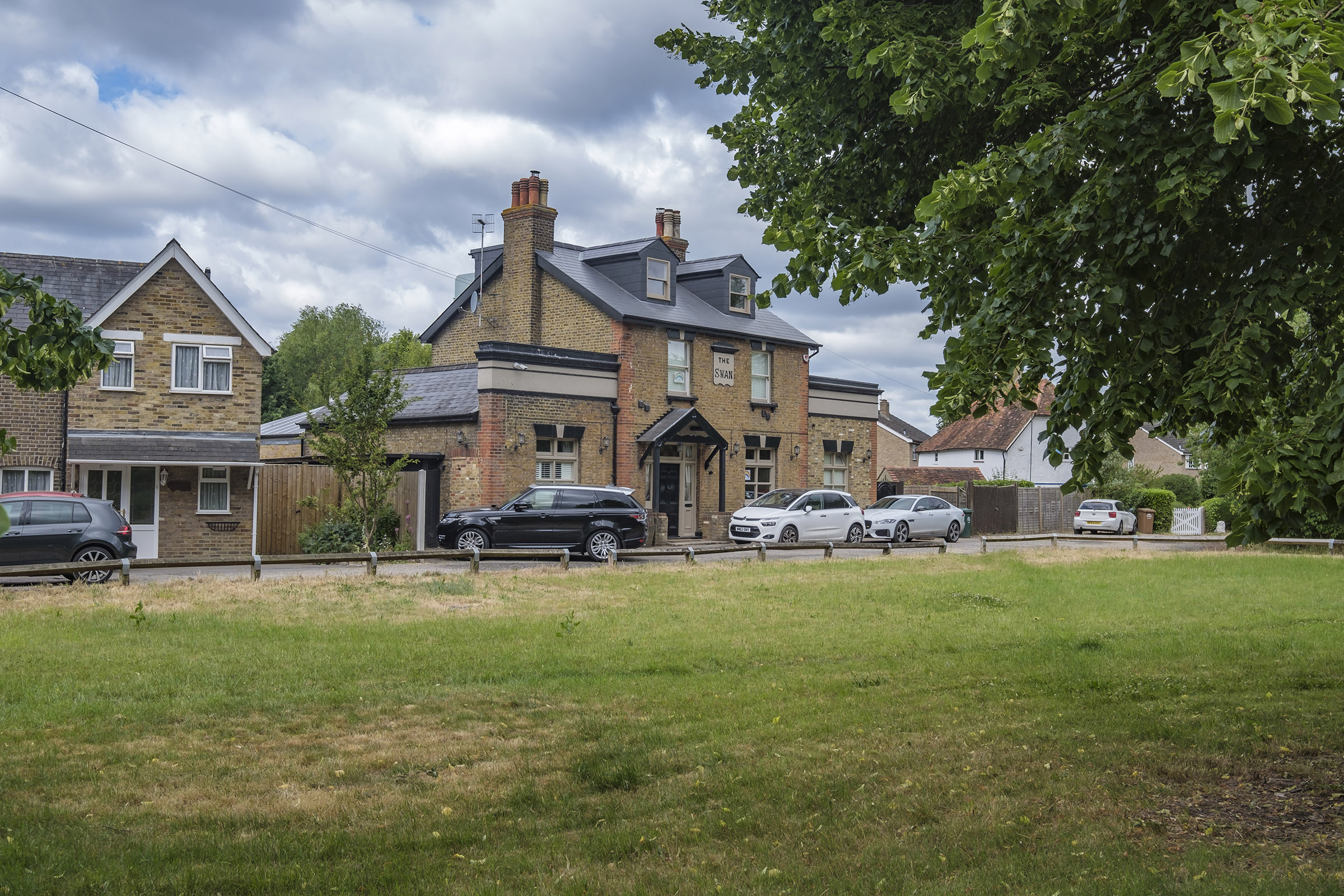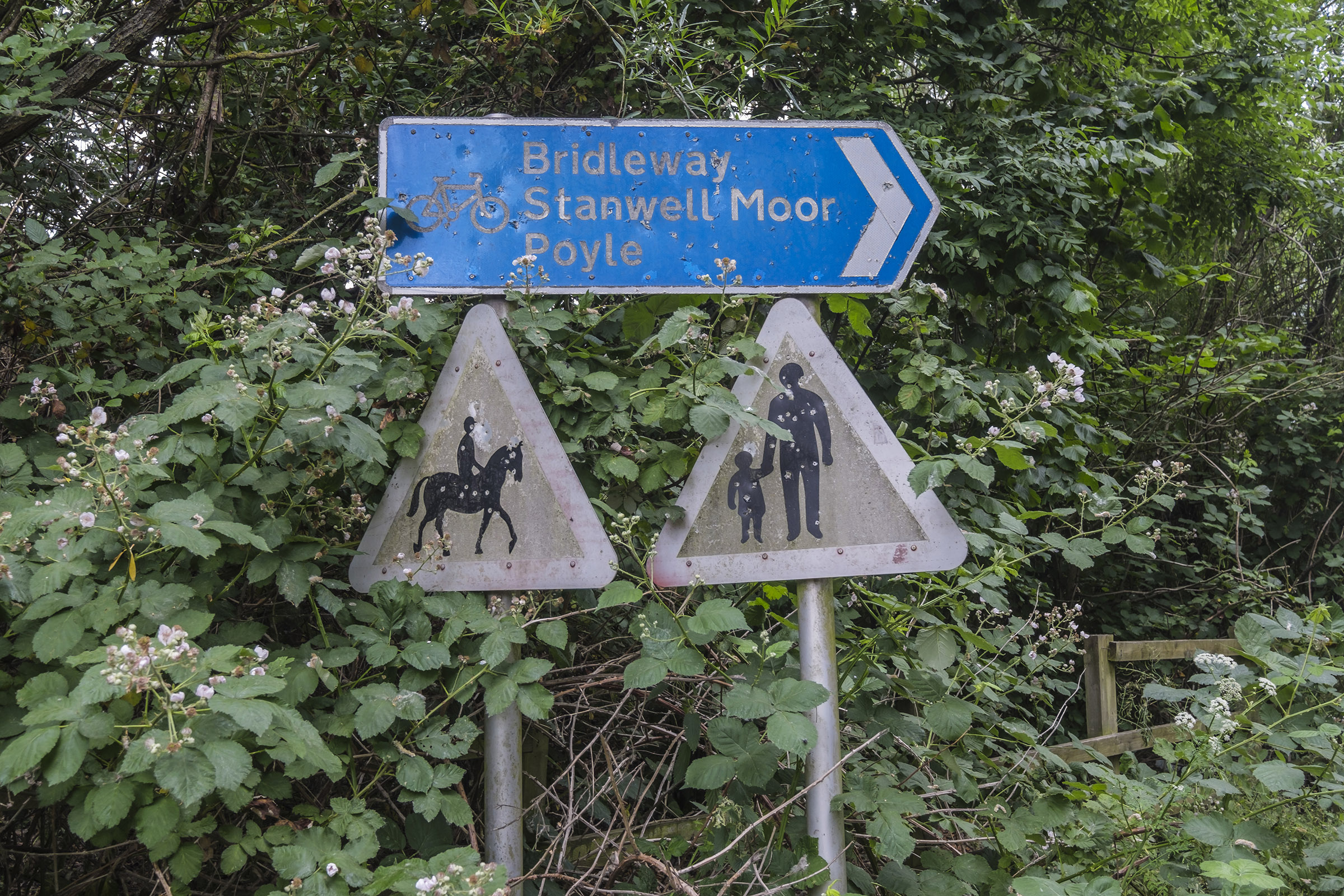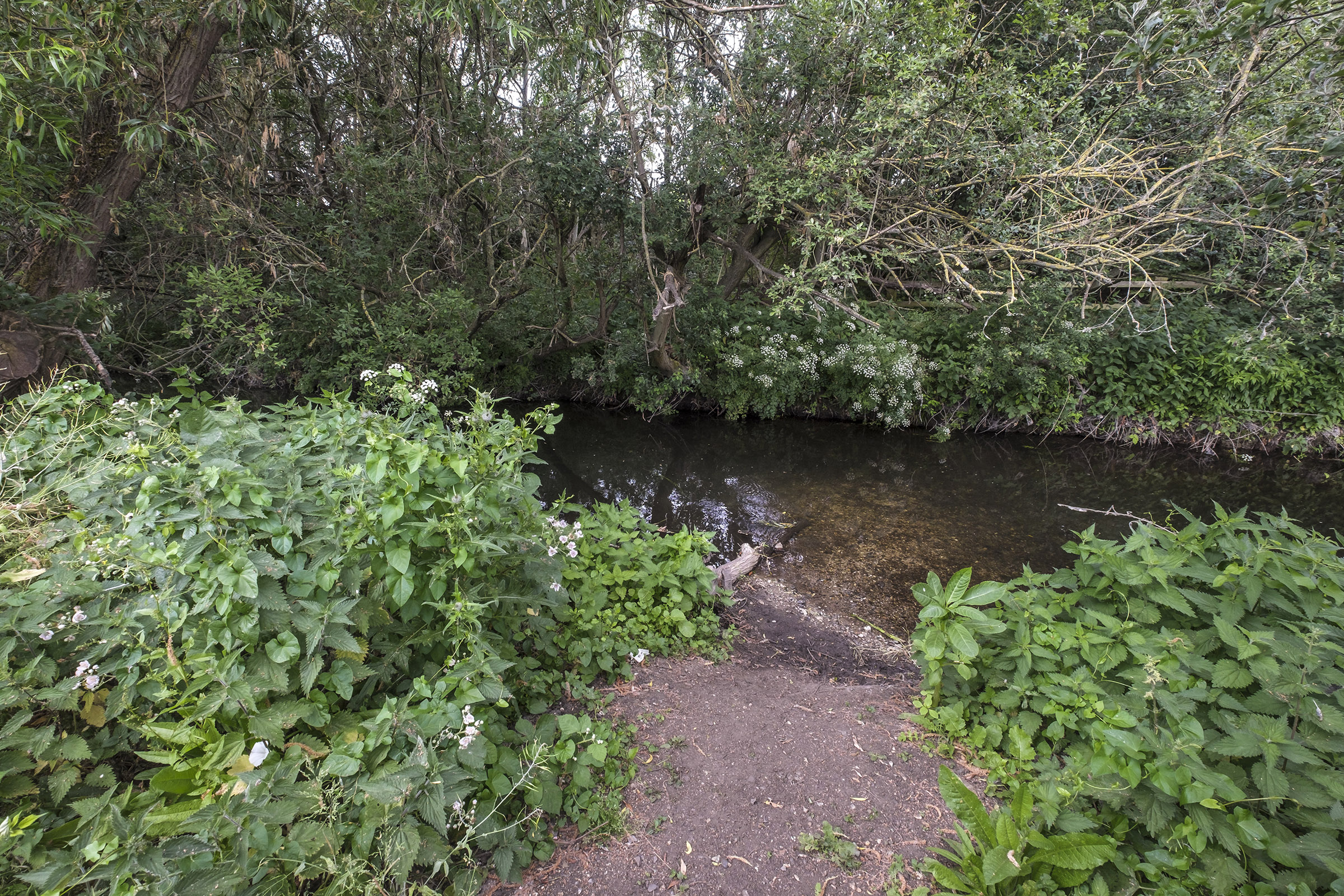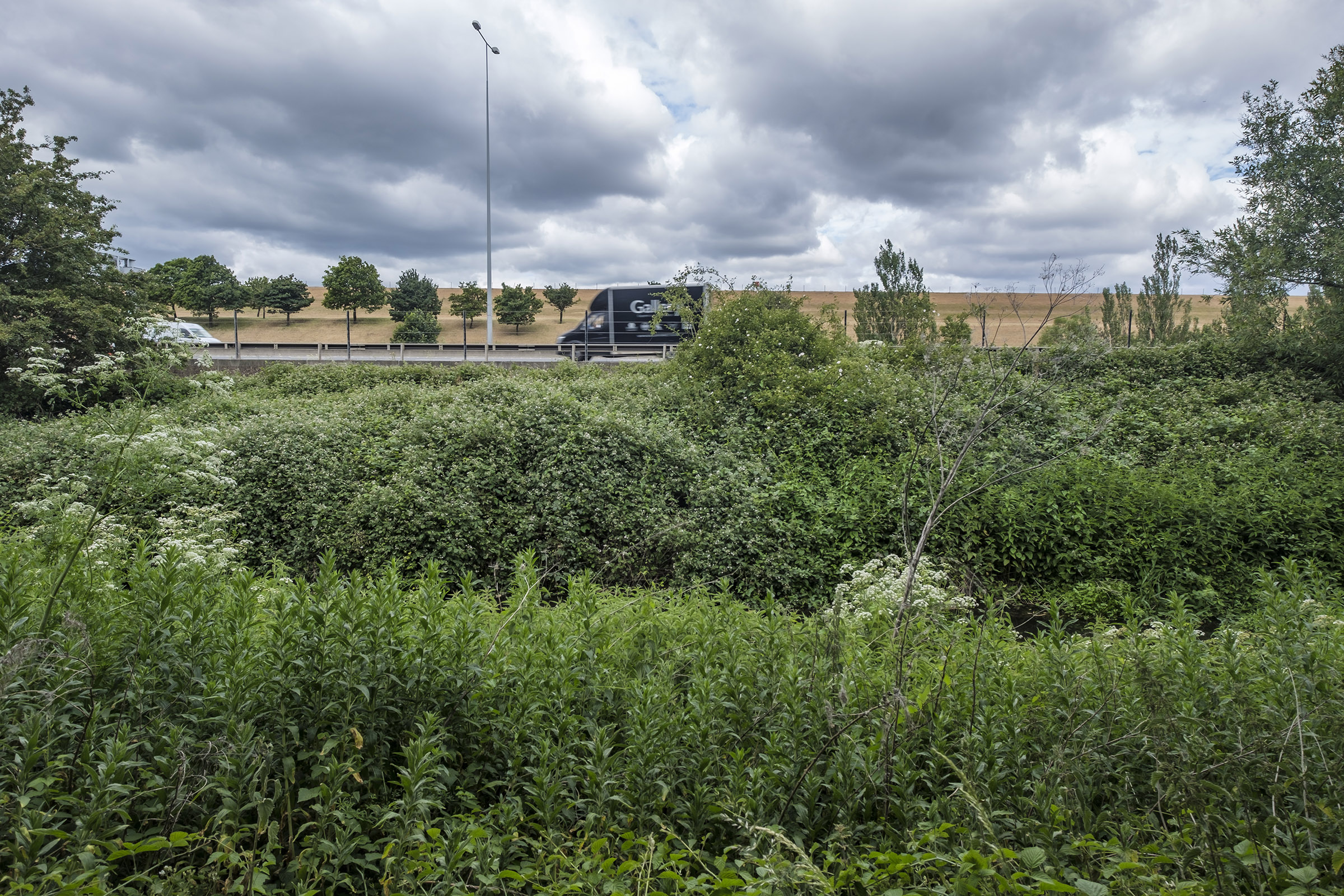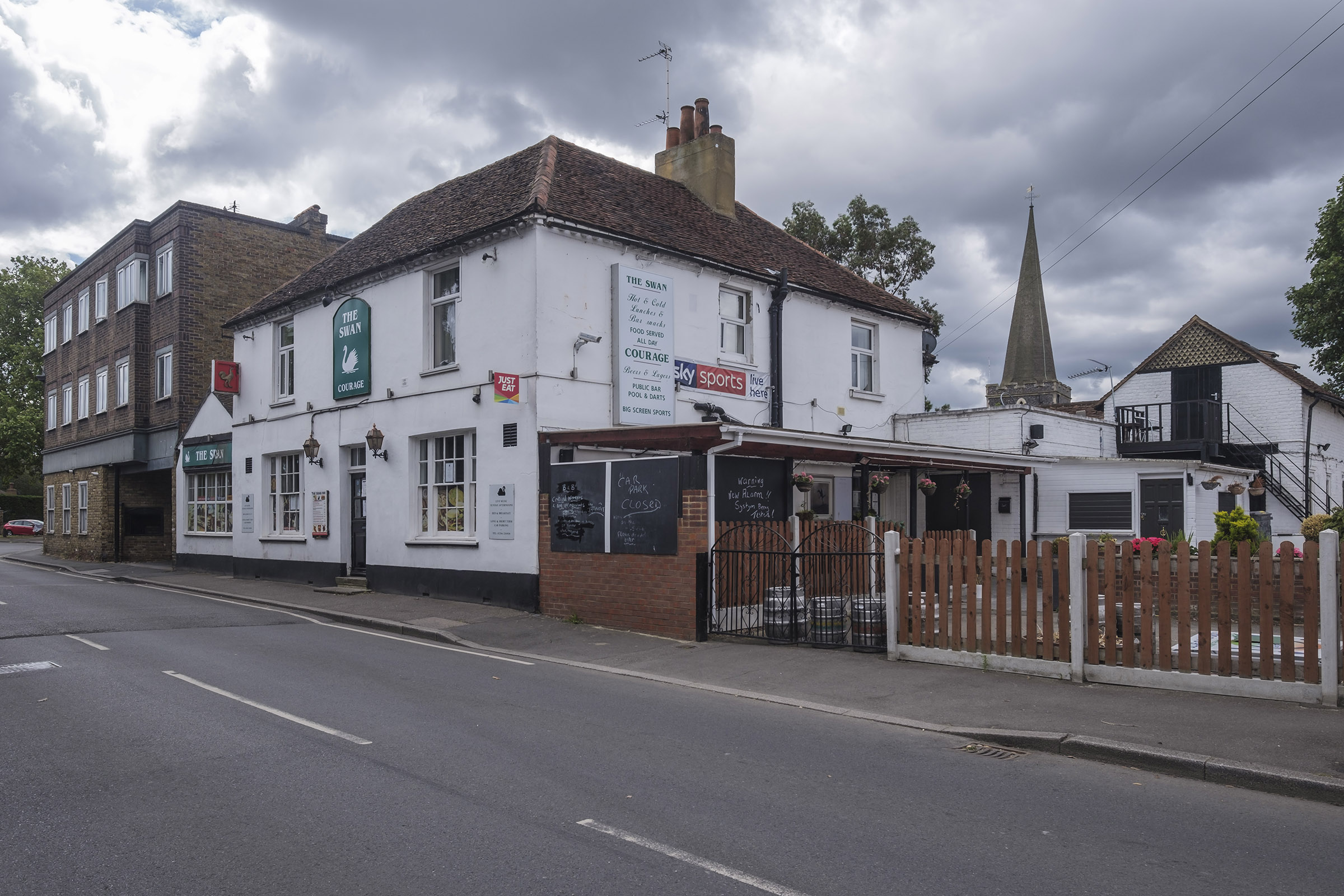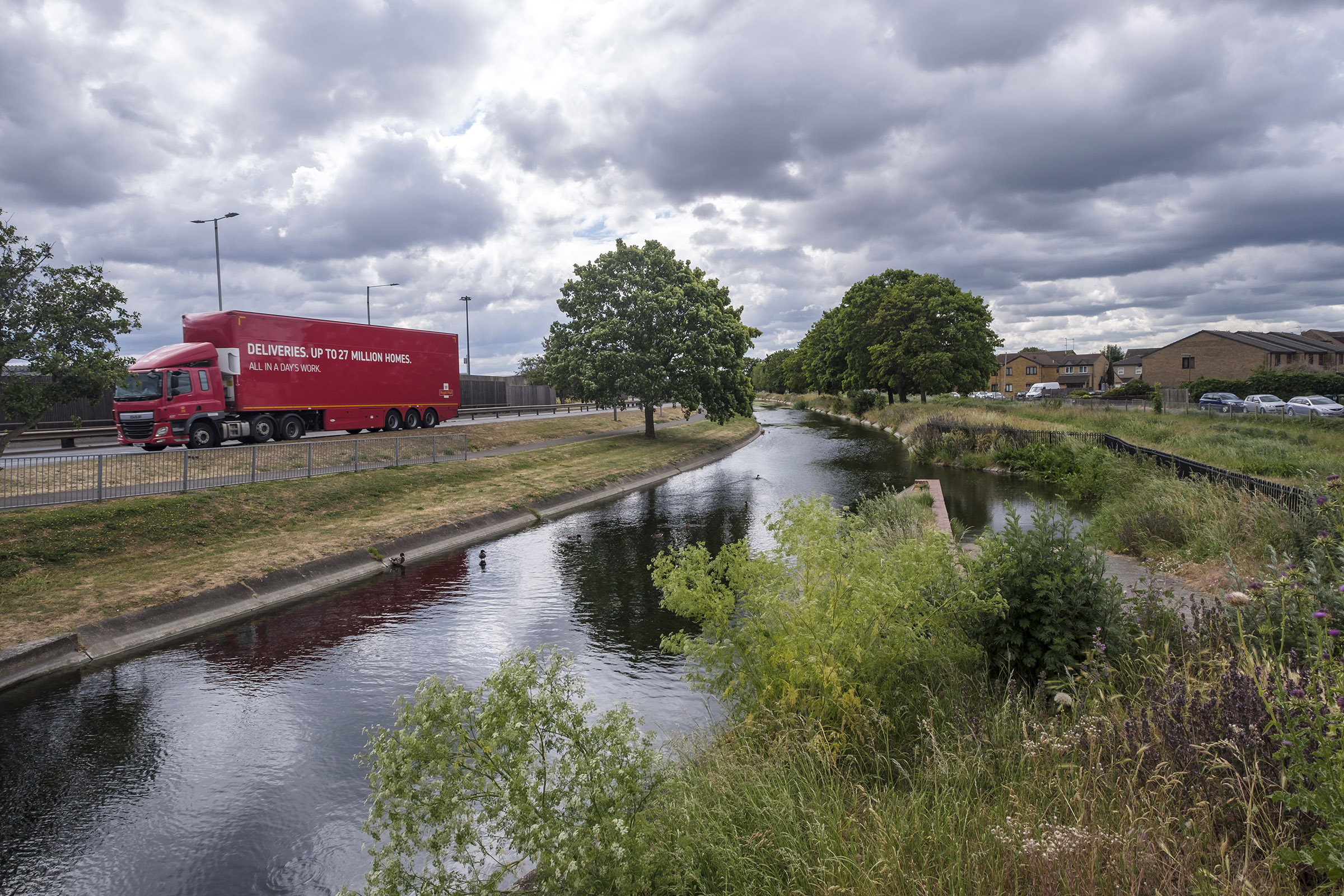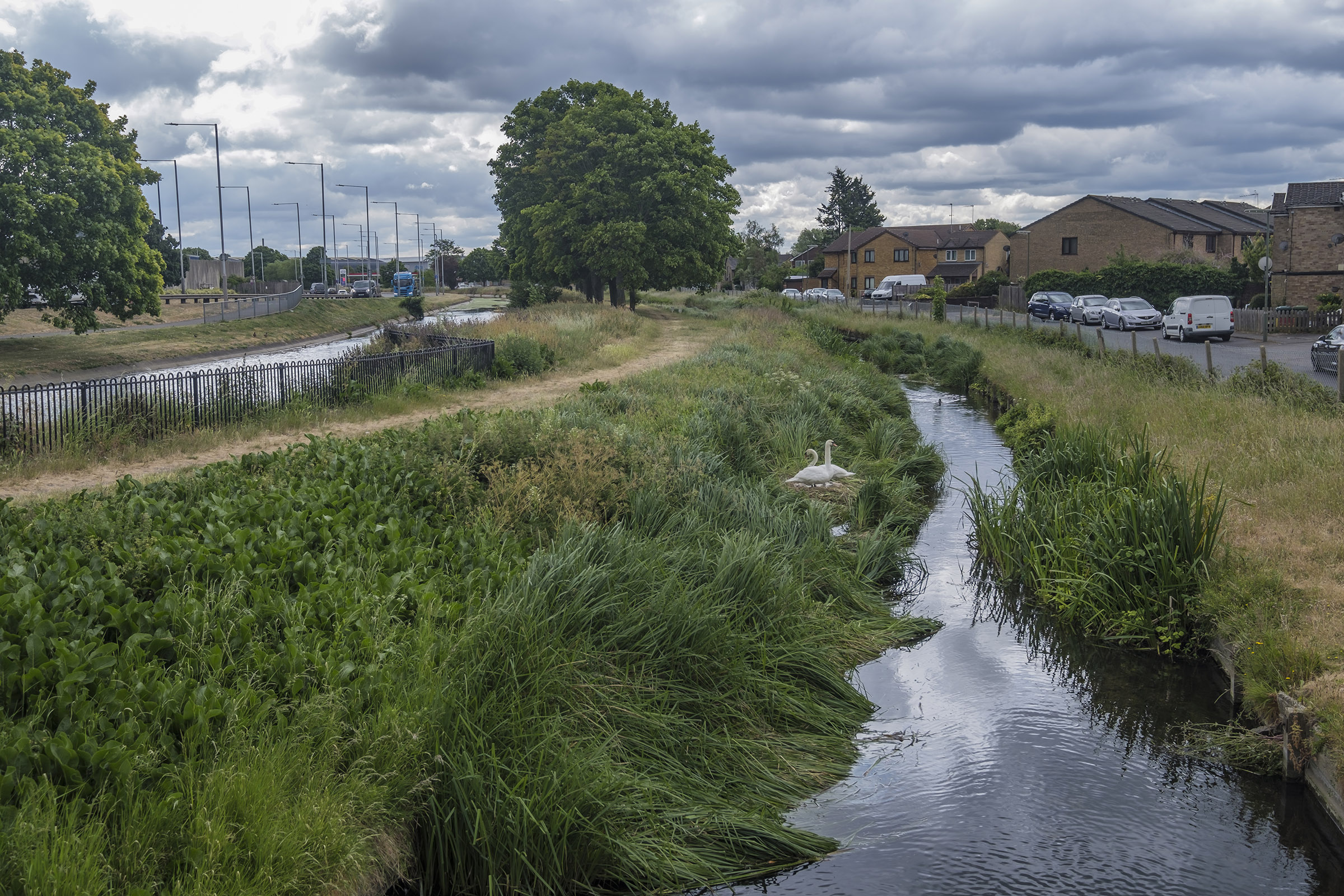Dawliffe Hall is a Grade II listed building probably built between 1881 and 1885. It became known as Rayleigh House in the 1890s when it was bought by the third son of the Second Baron Rayleigh who engaged architect Georg Campbell Sherrin, better known for his various Metropolitan Railway and other stations and Spitalfields Market, to make external and internal alterations. Sherrin’s plans for a new porch ran into planning problems, but eventually more limited modifications to the existing porch shown here were allowed.
I don’t know when at what date 2 Chelsea Embankment became Dawliffe Hall but in 1967-8 it was bought by the Catholic organisation Opus Dei and converted into a women’s hostel, and now continues its work as a part of the Dawliffe Hall Educational Foundation.
Although the picture shows Embankment Gardens, this building has the address 1 Chelsea Embankment and is usually known as Shelley House. A house on this site was built for the son of Percy Bysshe Shelley and Mary Wollstonecraft Sheely in 1878, and he lived there for around six years before leasing to various wealthy individuals, including Sir Arthur Charles, the judge for Oscar Wilde’s first trial.
In 1912 the house was bought and demolished by Charles Harold St John Hornby, who was a director of W H Smith & Son. In 1894 he had founded the Ashendene Press, a small private press inspired by William Morris’s Kelmscott Press which produced high quality editions with no expense spared, using type-faces by Emery Walker and Sir Sydney Cockerell, particularly the Subiaco font, based on 15th century examples. Hornby had the house demolished, and a new house built. Its architect was Edward Prioleau Warren, well known to Hornby as a prominent member of the Art Worker’s Guild.
It was requisitioned by the Admiralty in 1939 for living quarters for the WRNS and when they relinquished it in 1953 (doubtless by then realising the war had ended) it was leased by W H Smiths as a staff training centre and hospital. After they left in 1974 it was empty and was damaged by squatters, before being purchased and used as a Catholic educational centre. For a couple of years from 2019 it became The Laurels School, a Catholic independent girls school, but since that has moved out to Upper Norwood is now offices. Much of the information here comes from the school web site.
The Carabineers (Les Carabiniers) released in 1963 remains one of my favourite Godard films, as a satire on war, but the spirit which led to this memorial being erected by public subscription organised by the 6th Dragoon Guards in 2005 was very different.
Carabiniers (there are various spellings) were soldiers, usually cavalry, who carried carbines, short barrelled muskets (later rifles) which were lighter and easier to use on horseback than full length guns. This memorial to the men of the 6th Dragoon Guards killed in South Africa and China, designed by Adrian Jones, was erected in 1906. The regiment had its beginnings in 1685 when Richard Lumley raised a troop of horse riders to oppose the 1685 Monmouth Rebellion, though it went through many name changes before becoming the 6th Regiment of Dragoon Guards (Carabineers) in 1826.
The regiment was sent to South Africa for the Second Boer War in 1899 and remained there until the war ended in 1902. Two plaques record the names of those who died there, one of around 30 killed in action and another slightly longer one those who died of wounds or disease.
Dilke Street is a short street running parallel to Chelsea Embankment around 50 yards to its north between Swan Walk and Tite St. This house is part of a block on the north corner with Swan Walk and at its right is the entrance to Clover Mews, and its address is I think 9 Swan Walk.
Swan Walk overlooks the Chelsea Physic Garden and properties here are said to have an average value of £9m, though I think some are now divided into flats. The street gets its name from the Swan Inn, which gets a mention in Pepys diaries and was the finishing post of the Doggett’s Coat and Badge Race. Although the race still takes place, the inn here was demolished around 1780 and it now finishes at Cadogan Pier.
Another riverside inn around 150 yards further west on the other side of the Physic Garden was rebuilt as an inn and brewery at around the same time and confusingly renamed The Old Swan. This was demolished as a part of the site for a run of 18 houses built in the late 1870s, designed by some of the leading architects of the day including Norman Shaw. One of his houses is now called Swan House, and has been describe as London’s finest Queen Anne Revival domestic buildings and it was on sale in 2007 for £32m.
31 Tite St was designed by Robert William Edis (1839-1927), another of the architects who moved from Gothic to Queen Anne revival buildings such as this late 19th century artist’s studio and home. As well as being an architect he became the commanding officer of the Artist’s Rifles in 1883, becoming its honorary colonel in 1909.
The house and studio at 31-33 was built in 1877 for John Abbott McNeill Whistler, and he later persuaded fellow American Sir John Singer Sargent to move into No 31, where he lived until his death in 1925. The plaque above the circular window beside the door, too small to read in this picture, records “JOHN S. SARGEANT, R.A. WHO WAS BORN IN FLORENCE JAN . 12. MDCCCLVI, LIVED AND WORKED 24 YEARS IN THIS HOUSE AND DIED HERE APRIL 15. MCMXXV”.
I think I took this largely for the mysterious circular plaque on the brickwork of the post, which seems to be almost exactly the same side as the ball on the top of the post. It is very hard to make out the lettering on it, which seems to include some symbols not in the alphabet but from around the 8 o’clock to 5 o’clock position appears to have the letters ZOVID, possibly followed by an O.
I can find nothing out about this – so perhaps someone will enlighten me? Otherwise I will go on thinking it was placed there by visiting aliens. It could have some connection with the Chelsea Physic Garden whose curator around 1750, Philip Miller, probably lived here.
The houses in the background are I think part of 68 Royal Hospital Rd, since 1998 the home of Restaurant Gordon Ramsey. This part of the street was once called Paradise Row.
Fortunately the story of the statue of Thomas Carlyle, erected in 1882 is more clearly stated in its inscriptions. On the front of the red granite plinth it states:
THOMAS CARLYLE
B DEC 4 1795
AT
ECCLEFECHAN DUMFRIESSHIRE
D FEB 5 1881
AT
GREAT CHEYNE ROW
CHELSEA
and on its right it records the name of the artist involved in the phrase ‘J.E. BOEHM. FECIT’ though as is says on the read, it was not actually made by Sir Edgar Boehm, sculptor, but cast at ‘H. YOUNG & CO. FOUNDERS. PIMLICO’.
Carlyle sits there facing the Thames and you can just make out Chelsea Bridge through the trees of the Embankment Gardens. Behind him is Cheyne Row where he moved in 1834, living there for the rest of his life.
Click on any of the images above to go to a larger version in the album 1988 London Photos, from where you can browse through many of my black and white images of London made that year.
All photographs on this and my other sites, unless otherwise stated, are taken by and copyright of Peter Marshall, and are available for reproduction or can be bought as prints.








